Art as resistance. From apartheid South Africa to occupied Palestine, from the American South to the streets of Myanmar, art has always been more than self-expression. It becomes survival, becomes protest, it becomes memory that outlives the bodies that carry it.
In colonial and postcolonial movements across Africa, Asia, and Latin America, literature, murals, and folk music carried the weight of identity and defiance. Apartheid in South Africa, protest songs and theater helped imagine a different future. Latin America, Nueva Cancion singers like Victor Jara sang for justice, and died for it. In the U.S., Billie Holiday’s “Strange Fruit” offered a haunting eulogy and an act of protest. India, writers and playwrights used fiction and folk theater to challenge imperial narratives. Belarus, satirists still draw cartoons at risk of imprisonment.
Even in the digital age, from Pussy Riot’s punk prayers to memes used by Hong Kong protestors, artistic defiance adapts. The form changes. The urgency, however, doesn’t. Because when power tries to silence truth, art doesn’t shout. It sings, it paints, it draws what cannot be said aloud.
Art as a Catalyst for Resistance
It started with snowfall,
In 1957 Argentina, the comic El Eternauta (adapted by Netflix into a new series, The Eternaut in 2025) introduced readers to a quiet apocalypse: toxic snow falling over Buenos Aires, killing anyone it touched. But the real danger wasn’t the snow. It was what it stood for. Created by writer Héctor Germán Oesterheld and artist Francisco Solano López, El Eternauta told the story of Juan Salvo, an ordinary man turned accidental hero, navigating an alien invasion that eerily mirrored authoritarian regimes and imperialist occupation. As Salvo becomes a time-traveling witness to humanity’s decline, the comic itself delivers a form of resistance, a warning.
It was more than fiction. Years later, Argentina’s military dictatorship captured and murdered Oesterheld and his four daughters. His crime? Writing stories. Giving ordinary people voices. Turning art into truth.
Contemporary Challenges to Artistic Expression
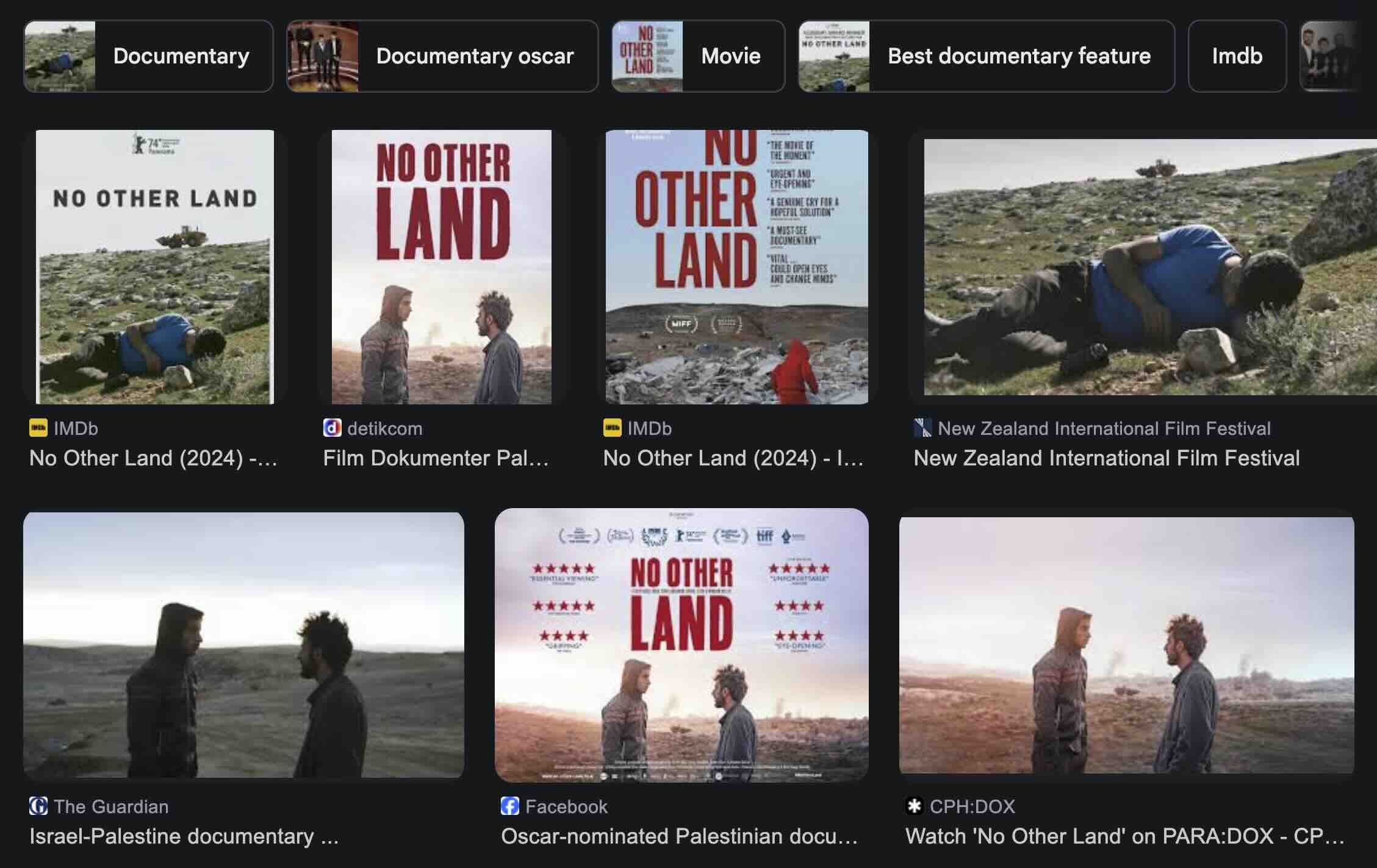
We should know better by now. But the story hasn’t changed.
Just weeks after No Other Land, a documentary about the Israeli occupation, won an award at the Berlinale and later received acclaim at the Academy Awards, Israeli settlers assaulted its co-director Hamdan Ballal, and military forces detained him. Around the same time, an Israeli airstrike killed Fatima Hassouna, a Palestinian photojournalist whose work documenting life in Gaza had been gaining global attention.
Their art didn’t fire bullets. It revealed truth. That alone proved too dangerous.
Meanwhile, artists worldwide continue to face arrest, exile, or worse. Zunar in Malaysia, Ai Weiwei in China, poets in Belarus, satirists in India, all have endured retaliation for creative truth-telling. On digital platforms, algorithms bury dissent while promoting distraction. The world says you can say anything, so long as it doesn’t challenge power.
And therein lies the quiet danger: a world where art survives only when it comforts the comfortable.
The Bystander Generation: Scrolling Through Suffering
We’re surrounded by injustice, and still, many of us feel stuck.
We watch bombs fall. Scroll past another headline. See footage from Gaza, where entire families are reduced to hashtags. We hear voices like Fatima Hassouna’s go silent. And we sit with a helpless ache.
Not because we don’t care. But because we’ve been conditioned to believe we can’t do anything.
This is the cruelty of our current age: to be surrounded by injustice and be positioned to do nothing but witness. To be told, implicitly or explicitly, that some lives matter more than others. That some humans are more disposable.
We live in a world where the right to exist, to grieve, to create, remains unevenly distributed. And that is the precise reason art matters.
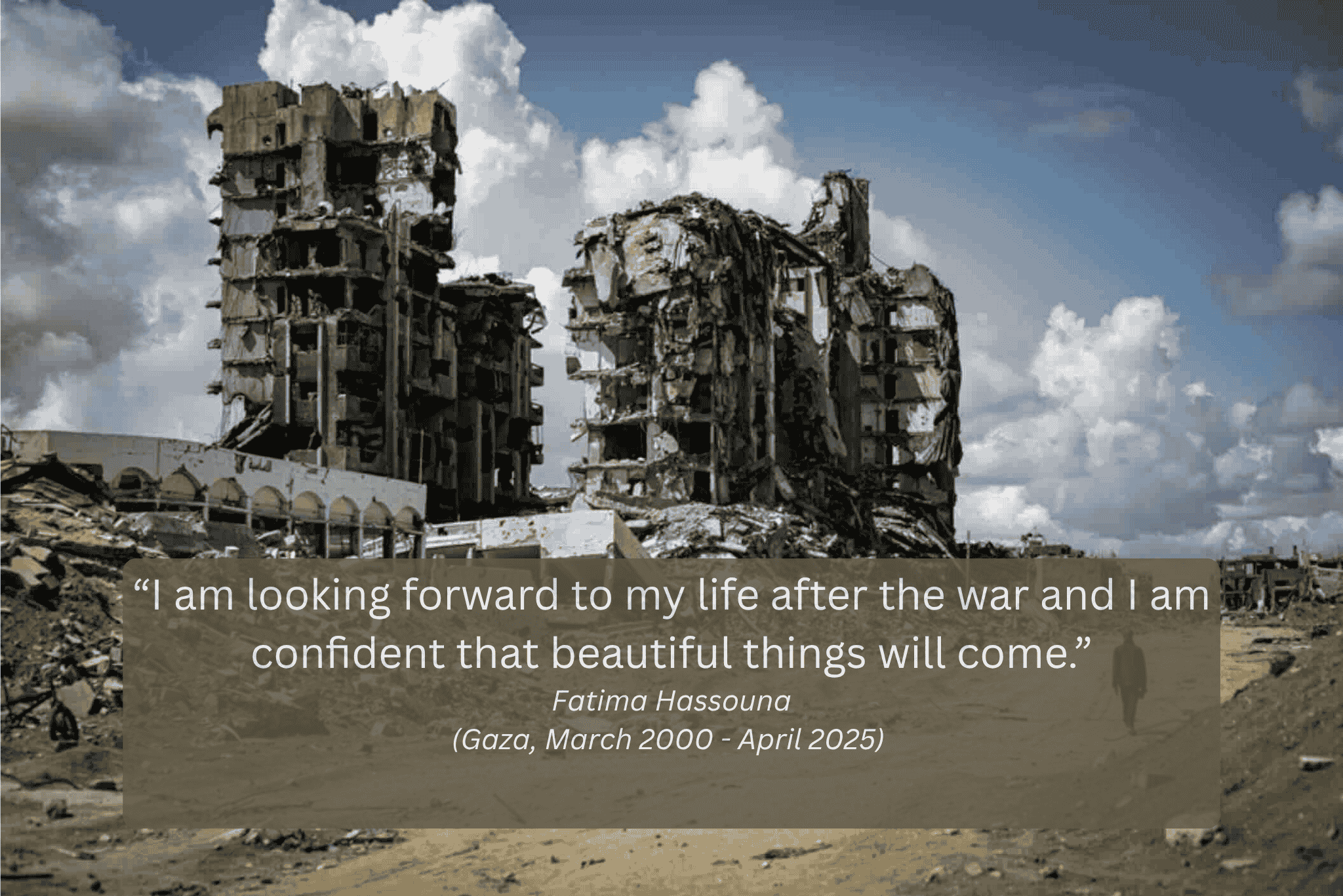
Art as Resistance – The Evolving Role of Art in Modern Activism
Today, memes act as protest posters. Viral TikToks can carry the emotional weight of murals. Yet the same platforms that spread truth also throttle it. Algorithms prefer vibes over visions. Influencers aestheticize activism into pastel slides, where complex issues become simplified outrage.
Although art feels more accessible now, it often ends up more commodified. An NFT can sell for millions, while grassroots artists risk jail for a single tweet. Representation has increased, yes, but often only as branding. As discussed in The TIME100 Era of Influence, image often overshadows impact.
Furthermore, in a global culture obsessed with speed and surface, the edge of art is softened by the need to be palatable. Radical ideas become digestible formats. And while this shift allows for broader sharing, it risks losing the rawness that once made art revolutionary.
Art as Resistance – Reflecting on the Future of Artistic Activism
So the question remains: Why is it still dangerous to express something so human?
To write about dignity, to photograph injustice, to sing about pain. Why does art still provoke fear in governments, corporations, and communities alike?
Because art reminds us that things can be different. That those in power aren’t gods. That stories belong to everyone.
As a result, freedom of expression is not a luxury. It is a mirror. A hammer. A shield.
Art doesn’t stop bombs. But it names the victims. It tells the truth when lies dominate. It reminds us of what we are supposed to be fighting for.
And as long as injustice exists, someone will pick up a brush, a guitar, a comic pen, and draw a line. Through the snow, through the silence, through history.
If this resonated, you might also explore
Why Kindness Gets Cancelled and Controversy Gets Applauded
How empathy became controversial—and what that says about power.
When polished feminism becomes the loudest PR campaign.
Wait… Is Being Woke Just the New ‘Cultured’?
From nuance to aesthetic: the performance of morality online.
Keep Going Anyway: The Messy Middle of Inclusion
The uncomfortable space between caring and quitting.
When female empowerment becomes a costume—who’s it really for?

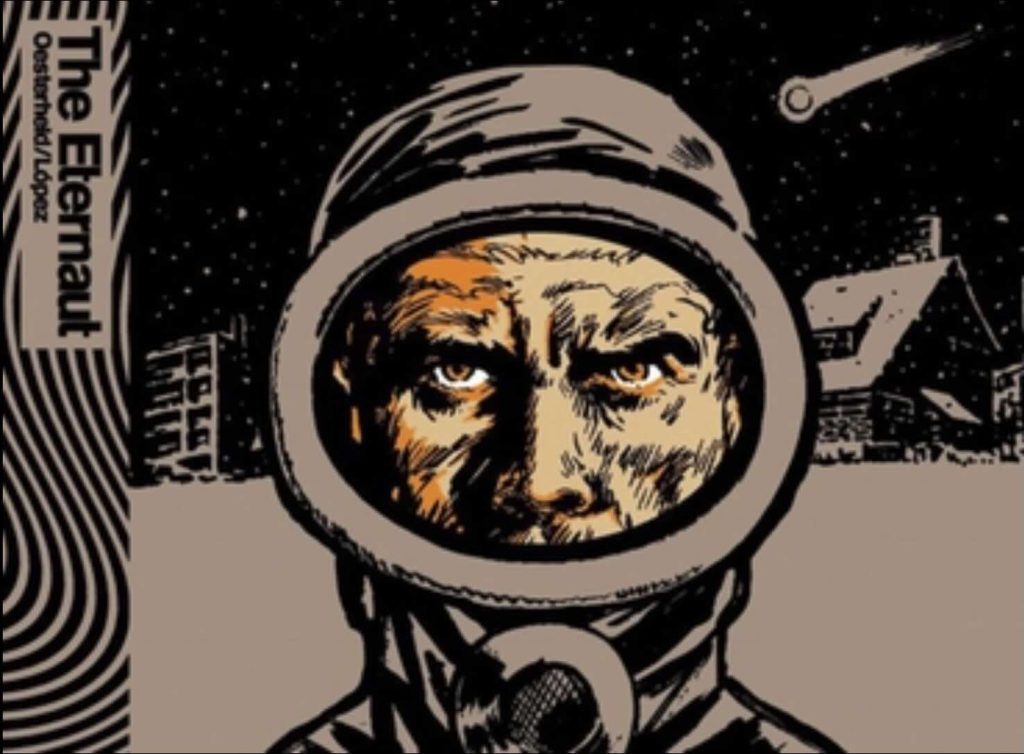
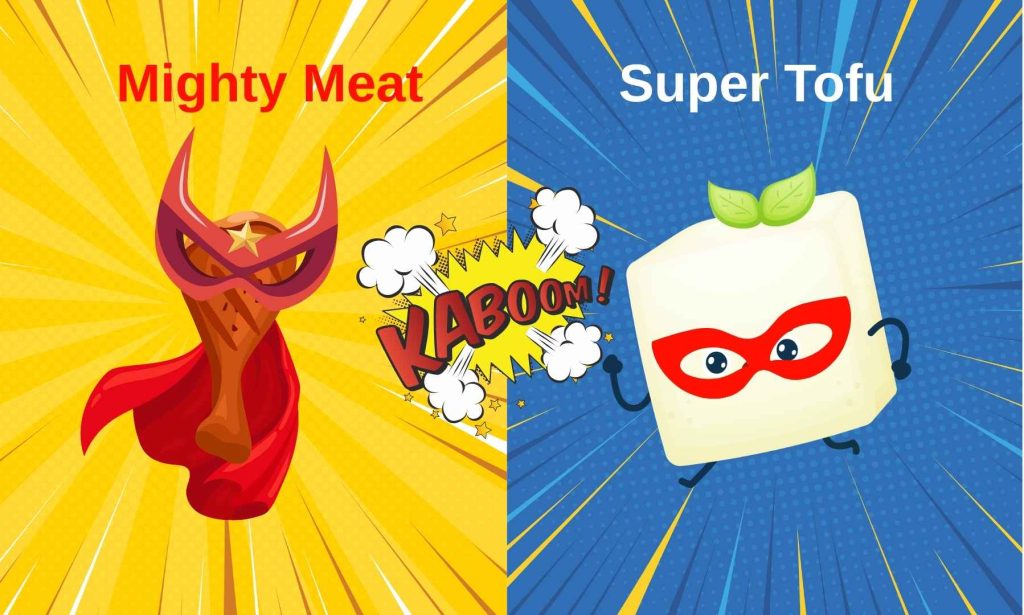
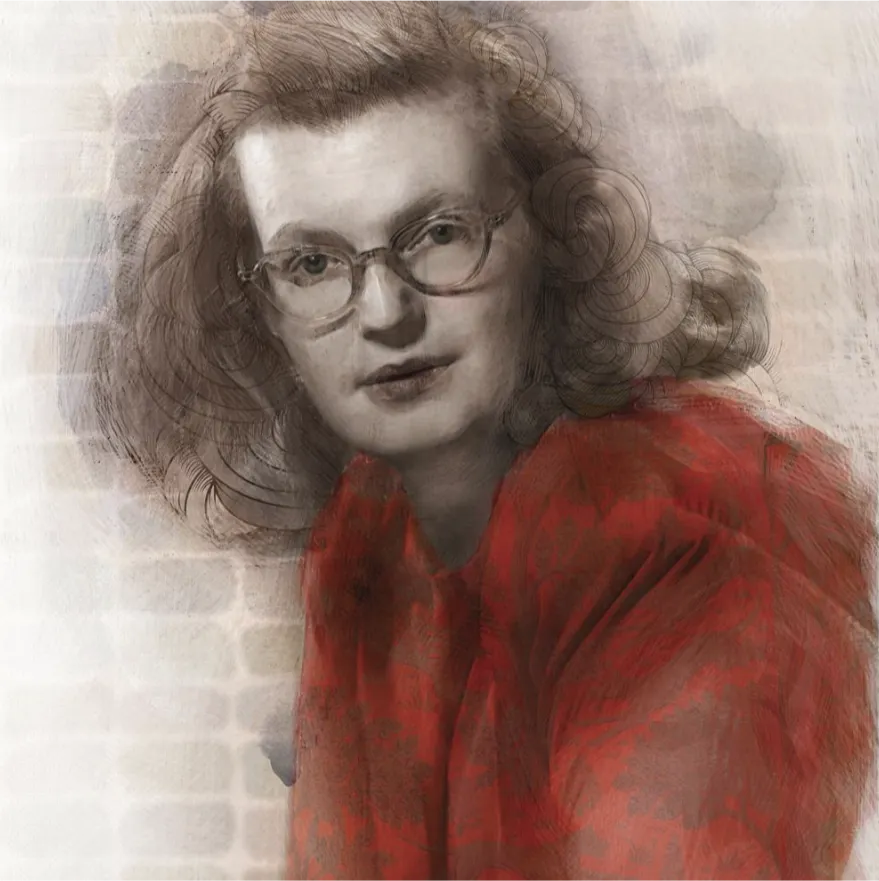

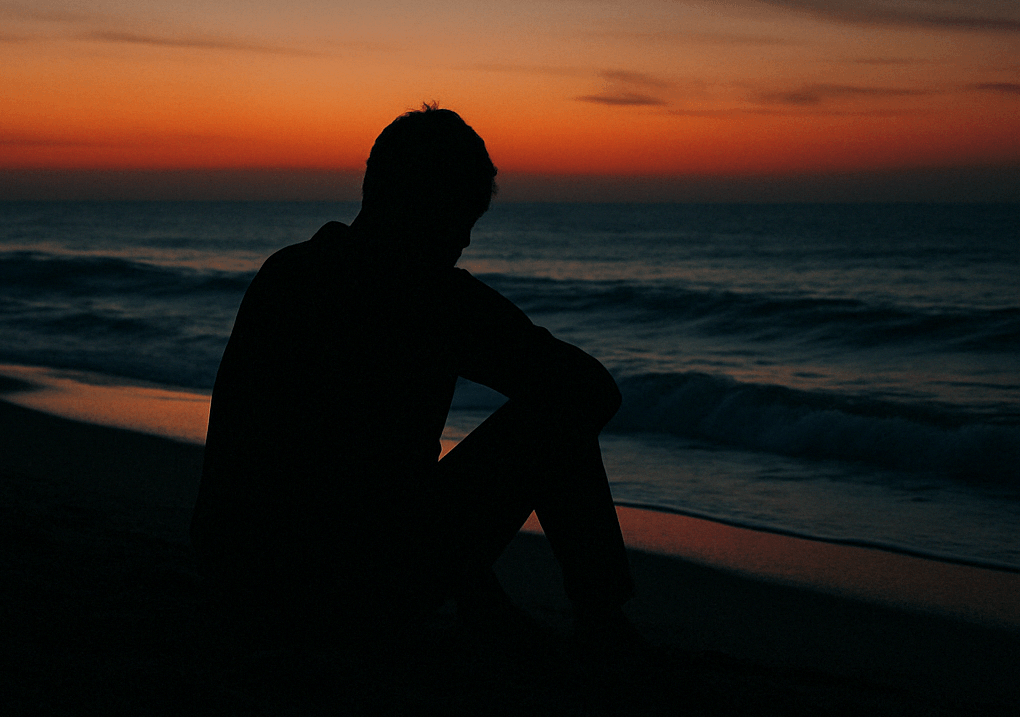
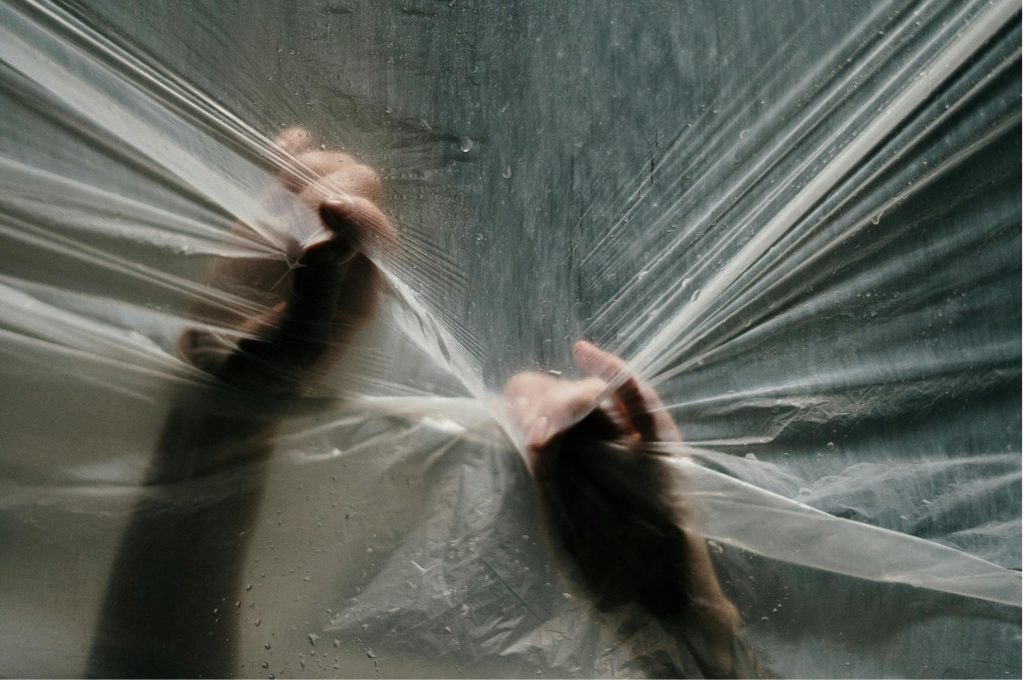
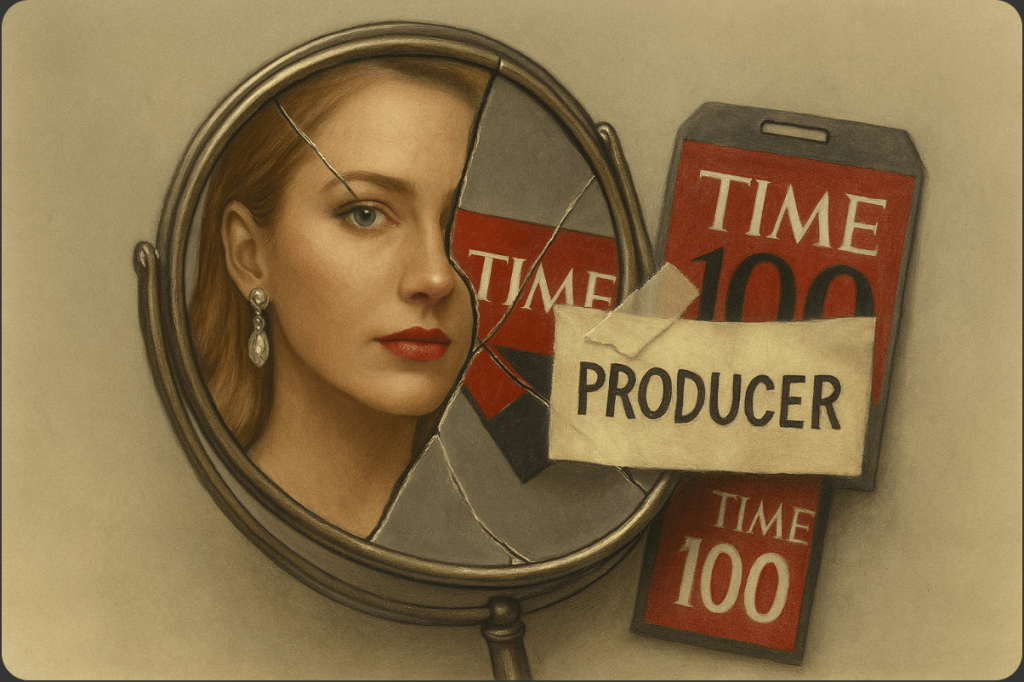
2 Responses
Super https://shorturl.fm/6539m
Awesome https://shorturl.fm/oYjg5